Home>Garden Essentials>How Many Seeds To Plant
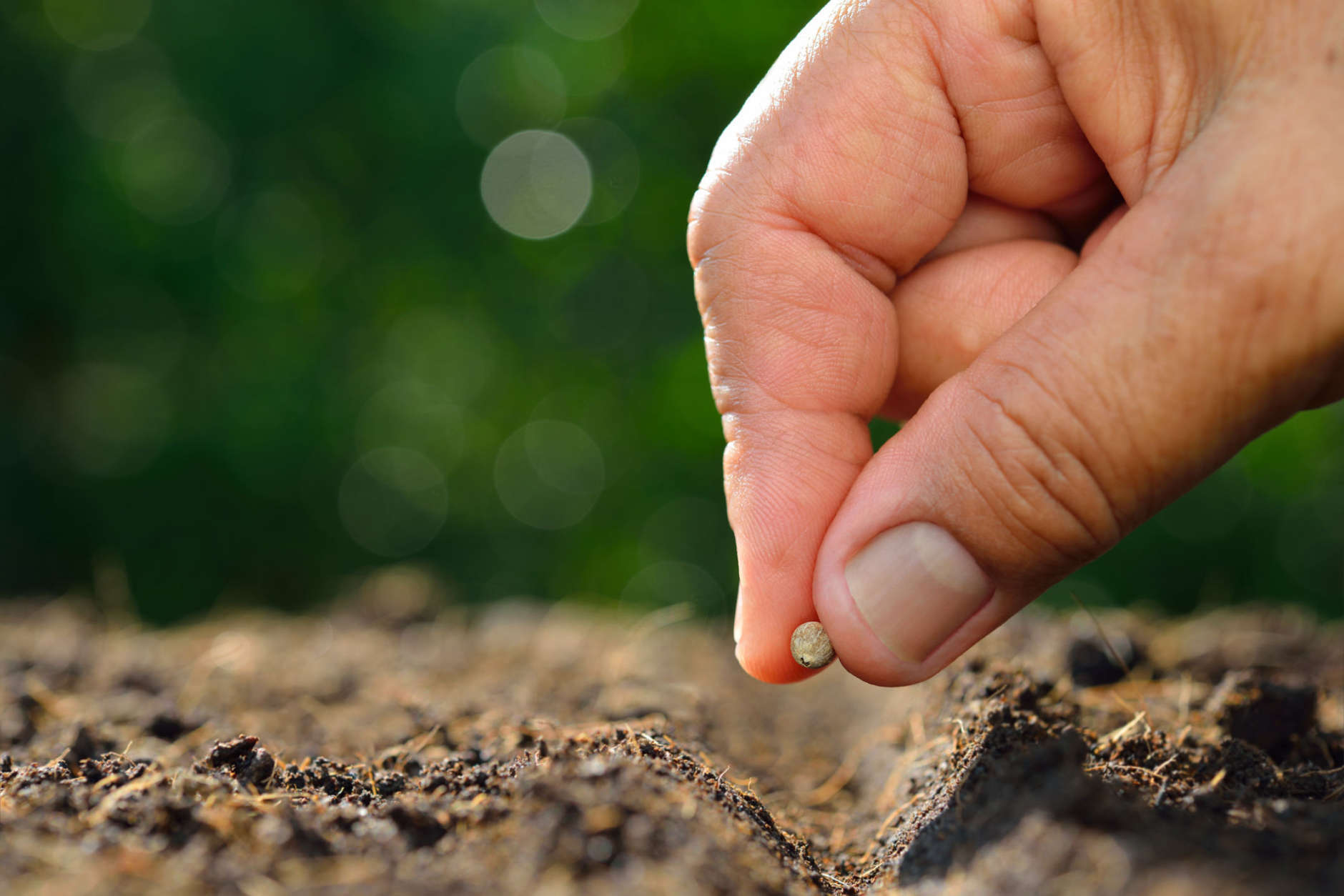

Garden Essentials
How Many Seeds To Plant
Modified: March 16, 2024
Looking to start a garden? Learn how to determine the number of seeds to plant for a healthy and abundant garden.
(Many of the links in this article redirect to a specific reviewed product. Your purchase of these products through affiliate links helps to generate commission for Storables.com, at no extra cost. Learn more)
Introduction
Gardening is a fulfilling and rewarding hobby that allows you to connect with nature, create beautiful landscapes, and even produce your own food. One of the fundamental aspects of gardening is seed planting. Whether you are starting a new garden bed, growing vegetables in containers, or adding plants to your existing landscape, knowing how many seeds to plant is crucial for successful growth and yield.
Understanding the importance of seed planting and the factors that influence seed quantities can help you make informed decisions and maximize the potential of your garden. In this article, we will delve into the world of seed planting, discussing techniques, considerations, and common mistakes to avoid.
Key Takeaways:
- Planting the right amount of seeds is crucial for healthy growth. Consider factors like seed viability, planting space, and personal preferences to strike the perfect balance.
- Avoid common mistakes like overwatering, planting too closely, and using poor quality seeds. Patience, proper soil prep, and following seed packet instructions are key to successful seed planting.
Read more: How Many Herb Seeds To Plant In A Pot
Importance of Seed Planting
Seed planting is the starting point of every plant’s life cycle. It is the process by which we introduce new plants into our gardens and allow them to grow and flourish. Understanding the importance of seed planting can motivate gardeners to take the necessary steps to ensure successful germination and healthy plant growth.
One of the key benefits of seed planting is cost-effectiveness. Purchasing seed packets is generally more affordable than buying seedlings or fully-grown plants. By starting from seeds, gardeners can choose from a wide variety of plant species and cultivars while staying within their budget. Additionally, growing plants from seeds allows you to have control over the entire growth process, from germination to maturity.
Seed planting also provides a sense of accomplishment and connection with nature. Witnessing the transformation of a tiny seed into a vibrant plant is a fulfilling and rewarding experience. It allows us to bond with our gardens and appreciate the wonders of nature’s life cycles.
Moreover, seed planting enables gardeners to preserve heirloom varieties and rare plants. Many plant species and cultivars are disappearing due to factors such as industrial agriculture and urbanization. By saving and planting seeds, we can contribute to the conservation of biodiversity and ensure the continuation of unique plant genetics.
In addition to the economic and emotional benefits, seed planting also promotes sustainable gardening practices. Many commercial seed varieties are treated with pesticides and fungicides, which can have detrimental effects on the environment. By growing plants from organic or untreated seeds, we can reduce the reliance on chemicals and contribute to a healthier ecosystem.
Overall, seed planting is a crucial aspect of gardening that offers numerous benefits. From cost-effectiveness and personal satisfaction to biodiversity conservation and sustainable practices, seed planting plays a vital role in creating thriving and sustainable gardens.
Factors to Consider Before Planting Seeds
Before you begin planting seeds in your garden, it is important to consider several factors that can greatly influence the success of your seedlings. By taking these factors into account, you can create the optimal conditions for seed germination and ensure the healthy growth of your plants.
1. Climate: Different plant species have different temperature and climate preferences. It is essential to choose seeds that are suitable for your specific climate zone. Some seeds require a long growing season, while others thrive in cooler temperatures. Research the ideal planting times for the seeds you have chosen to ensure they are planted at the right time for their optimal growth.
2. Soil Conditions: The quality and composition of your soil greatly affect the success of seed germination. Before planting seeds, prepare the soil by removing any debris, rocks, or weeds and loosening it to ensure good drainage. Testing the soil’s pH levels and nutrient content can help you understand what amendments, such as compost or fertilizer, may be needed to create a fertile environment for your seeds to thrive.
3. Sunlight Exposure: Most plants require an adequate amount of sunlight to grow and develop properly. Some seeds need full sun exposure, while others prefer partial shade. Observe the sunlight patterns in your garden area and choose seeds that are suited to the available light conditions.
4. Watering Needs: Consistent and appropriate watering is vital for seed germination and plant growth. Different seeds have different water requirements. Some seeds may require frequent watering, while others are more drought-tolerant. Consider your local rainfall patterns and plan your watering schedule accordingly.
5. Spacing: Adequate spacing between seeds is crucial to prevent overcrowding, as it can lead to competition for resources and stunted growth. Some seeds may require close spacing, while others need more room to spread out. Refer to the seed packet instructions to determine the appropriate spacing for the seeds you are planting.
6. Pest and Disease Resistance: Some plant varieties naturally have more resistance to pests and diseases. Consider choosing seeds that are known for their resilience to common garden pests and diseases in your area. This can reduce the need for chemical interventions and increase the chances of successful plant growth.
By carefully considering these factors before planting seeds, you can create an optimal growing environment for your plants and set the stage for healthy germination and growth. Taking the time to plan and prepare will greatly increase your chances of success in your gardening endeavors.
Determining the Quantity of Seeds to Plant
When it comes to seed planting, determining the right quantity of seeds to plant is a crucial step. Planting too few seeds can result in patchy or sparse growth, while planting too many seeds can lead to overcrowding and competition for resources. It is important to strike the right balance to ensure optimal seed germination and healthy plant growth. Here are some factors to consider when determining the quantity of seeds to plant:
1. Seed Viability: Seed viability refers to the percentage of seeds that are expected to germinate and develop into healthy plants. Different types of seeds have different viabilities, and it is important to take this into account when determining the quantity to plant. Check the seed packet or supplier information for the expected percentage of germination. For seeds with lower viability, you may need to plant a higher quantity to compensate for potential lower germination rates.
2. Planting Space: The available planting space in your garden or containers will also influence the quantity of seeds to plant. Consider the recommended spacing between plants and calculate how many seedlings can comfortably fit in the designated area. Overcrowding can lead to weak growth and susceptibility to diseases, so it’s important to ensure adequate spacing between plants.
3. Succession Planting: Succession planting is a technique where seeds are planted at intervals to ensure a continuous harvest throughout the growing season. If you plan to use this technique, you may need to divide the total quantity of seeds into multiple plantings. Consider the average time it takes for the plants to mature and plan your planting schedule accordingly.
4. Germination Rate: Each type of seed has a different germination rate, which indicates the percentage of seeds that are expected to successfully sprout. Higher germination rates generally mean you will need fewer seeds for a desired number of healthy plants. Refer to the seed packet or supplier information to determine the germination rate and adjust the quantity accordingly.
5. Personal Preferences and Harvest Goals: Take into account your personal preferences and harvest goals when determining the quantity of seeds to plant. Consider factors such as how much produce or flowers you want to harvest, how much space you have available, and how much time and effort you can dedicate to the plants. This will help you decide on an appropriate quantity to meet your specific needs.
Remember, it is better to have some extra seeds than to fall short. Over time, you will gain a better understanding of the ideal quantity for successful planting in your specific gardening conditions. By considering seed viability, planting space, succession planting, germination rates, and personal preferences, you can determine the right quantity of seeds to plant and set the stage for a bountiful and thriving garden.
When deciding how many seeds to plant, consider the space available, the type of plant, and the recommended spacing on the seed packet. Overcrowding can lead to stunted growth and poor yields.
Seed Planting Techniques
Seed planting techniques vary depending on the type of plant and the specific requirements for successful germination and growth. From sowing depth to watering techniques, understanding the proper seed planting techniques is crucial to ensure optimal seedling development. Here are some commonly used techniques:
1. Direct Sowing: Direct sowing involves planting seeds directly into the garden bed or designated area where they will grow. This technique is suitable for large-seeded plants, such as beans or peas, and plants that do not transplant well. Prepare the soil by removing any weeds and loosening it, then follow the seed packet instructions for the appropriate sowing depth and spacing. Gently press the seeds into the soil, cover them with a thin layer of soil or compost, and water gently to ensure good seed-to-soil contact.
2. Indoor Start: Some plants benefit from starting seeds indoors before transplanting them into the garden. This technique allows for earlier planting and gives the seeds a head start in controlled conditions. Fill seed trays or pots with a seed starting mix, sow the seeds at the recommended depth, and provide adequate light and moisture. Once the seedlings have grown and developed a strong root system, they can be transplanted into the garden.
3. Seed Tape or Pellets: Seed tapes or pellets are pre-spaced seeds that are enclosed in strips of biodegradable material. They provide a convenient and precise way of planting seeds, ensuring proper spacing and reducing the need for thinning. Simply place the seed tape or pellet in the soil at the recommended depth, cover with soil, and water carefully.
4. Pre-soaking: Some seeds benefit from pre-soaking before planting to help soften the seed coat and promote faster germination. Soak the seeds in room temperature water for the recommended duration, then plant them at the appropriate depth. Pre-soaking can be particularly beneficial for seeds with hard coats, such as morning glory or sweet peas.
5. Stratification: Stratification is a technique used for seeds that require a period of cold treatment to break dormancy and promote germination. This is often necessary for native plants or certain fruit trees. Place the seeds in a damp paper towel or a container with moistened sand or vermiculite, and refrigerate them for the recommended time. After the cold treatment, sow the seeds according to the instructions provided.
6. Watering Techniques: Proper watering is critical for successful seed germination. Water the newly planted seeds gently with a watering can or a fine mist sprayer to avoid dislodging the seeds or causing soil erosion. Once the seedlings emerge, transition to deeper, less frequent watering to encourage healthy root growth.
Remember to follow the specific instructions provided on the seed packets, as different plant species have unique requirements. By mastering the appropriate seed planting techniques, you can ensure the best possible start for your seeds and maximize their chances of thriving into beautiful, productive plants.
Read more: How Many Sunflower Seeds Per Plant
Common Mistakes to Avoid in Seed Planting
While seed planting may seem straightforward, there are common mistakes that gardeners often make that can hinder the germination and growth of seeds. By being aware of these pitfalls and avoiding them, you can increase your chances of success and ensure healthy seedlings. Here are some common mistakes to watch out for:
1. Planting seeds too deeply: Planting seeds too deep in the soil can prevent them from receiving adequate light and warmth needed for germination. It is important to follow the recommended planting depth specified on the seed packet. As a general rule, smaller seeds should be lightly covered with a thin layer of soil, while larger seeds can be planted deeper.
2. Overwatering or underwatering: Watering is a critical part of seed germination, but it is important to find the right balance. Overwatering can lead to waterlogged soil and rotting seeds, while underwatering can cause seedlings to dry out and fail to germinate. Follow the watering instructions provided for the specific plant species and monitor the moisture level of the soil to ensure it remains consistently damp.
3. Planting seeds too close together: It is important to provide adequate spacing between seeds to prevent overcrowding and competition for resources. Planting seeds too closely together can result in stunted growth, weak plants, and a higher risk of disease. Follow the recommended spacing guidelines on the seed packet to ensure each seed is given enough space to grow.
4. Failing to prepare the soil: Proper soil preparation is essential for successful seed germination. Neglecting to remove weeds, rocks, and debris or not loosening the soil can impede seed growth. Take the time to clear the planting area of any unwanted materials and ensure the soil is loosened and well-drained before planting the seeds.
5. Ignoring light and temperature requirements: Different plant species have specific light and temperature requirements for optimal germination and growth. It is important to understand these requirements and provide the appropriate conditions. Some seeds need full sun exposure, while others prefer partial shade. Adjust your planting location accordingly to meet the needs of your seeds.
6. Lack of patience: Seed germination takes time, and it is important to exercise patience. Avoid the temptation to disturb the soil or check on the seeds too often, as this can disrupt the germination process. Follow the recommended germination time frame and give the seeds time to sprout and establish themselves before interfering.
7. Using poor quality or expired seeds: Using low-quality or expired seeds can significantly decrease the chances of successful germination. Always choose reputable seed suppliers and check the expiration dates on seed packets. Fresh, high-quality seeds have a higher viability rate and better chances of successful growth.
By being mindful of these common mistakes and taking the necessary precautions, you can avoid potential pitfalls and set the stage for successful seed planting. Remember to read the instructions on the seed packets, provide the right conditions, and be patient as you watch your seeds transform into thriving, healthy plants.
Conclusion
Seed planting is a fundamental aspect of gardening that allows us to nurture and witness the growth of plants from the very beginning. By understanding the importance of seed planting and considering the various factors that influence successful germination, we can create optimal conditions for healthy plant growth. From climate and soil conditions to sunlight exposure and watering needs, taking these factors into account ensures that our seeds have the best chance of developing into vibrant and productive plants.
Determining the right quantity of seeds to plant is crucial in avoiding overcrowding or sparse growth. By considering factors such as seed viability, planting space, germination rates, and personal preferences, we can strike the right balance and set our gardens up for success. Careful seed planting techniques, such as direct sowing, indoor starts, or using seed tapes, further enhance the chances of successful germination and growth.
However, it is important to be aware of common mistakes that can compromise the success of seed planting. By avoiding pitfalls such as planting seeds too deeply, overwatering or underwatering, spacing inadequately, neglecting soil preparation, and using poor quality seeds, we can prevent setbacks and promote optimal seedling development.
In conclusion, seed planting is an exciting and rewarding process that sets the stage for the growth and beauty of our gardens. By understanding the important factors to consider, using proper planting techniques, and avoiding common mistakes, we can increase the likelihood of successful germination and nurture healthy seedlings into thriving plants. So, roll up your sleeves, gather your seeds, and embark on the gratifying journey of seed planting – the first step in creating a vibrant and bountiful garden.
Frequently Asked Questions about How Many Seeds To Plant
Was this page helpful?
At Storables.com, we guarantee accurate and reliable information. Our content, validated by Expert Board Contributors, is crafted following stringent Editorial Policies. We're committed to providing you with well-researched, expert-backed insights for all your informational needs.
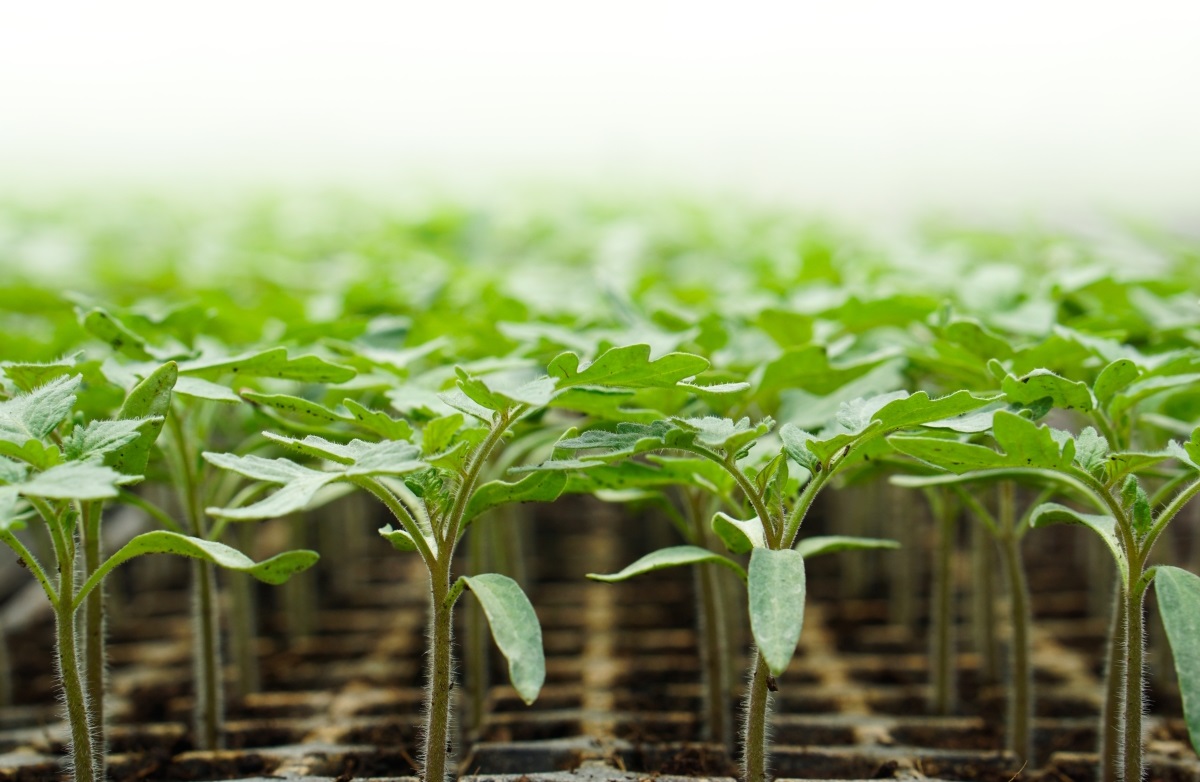
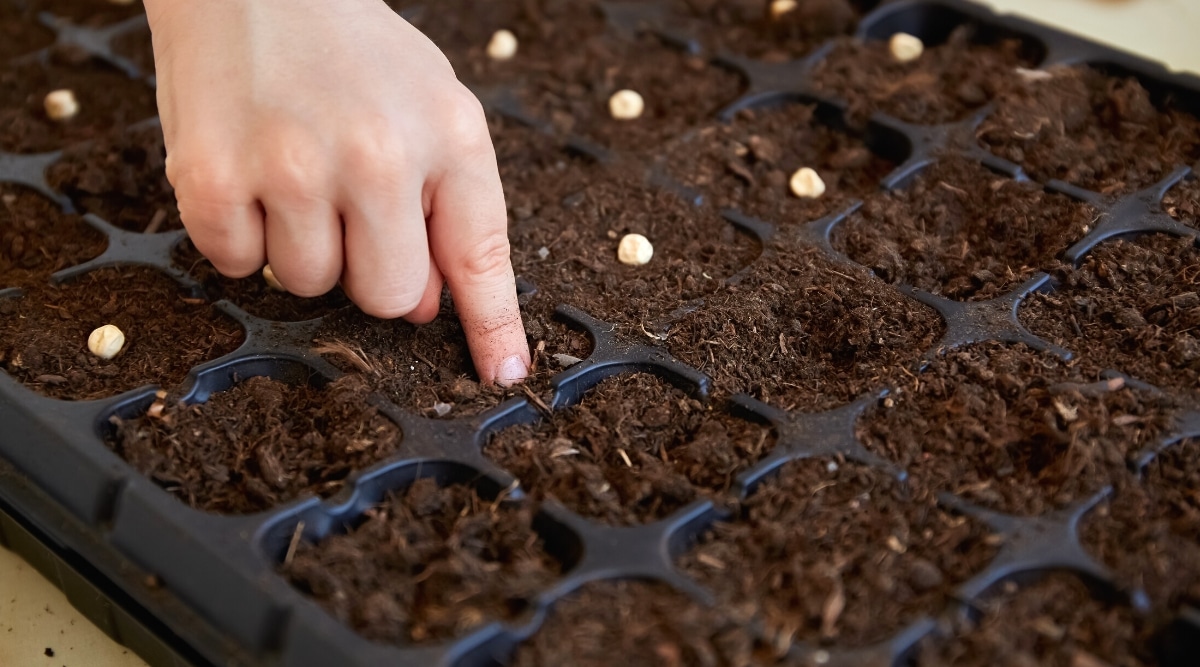
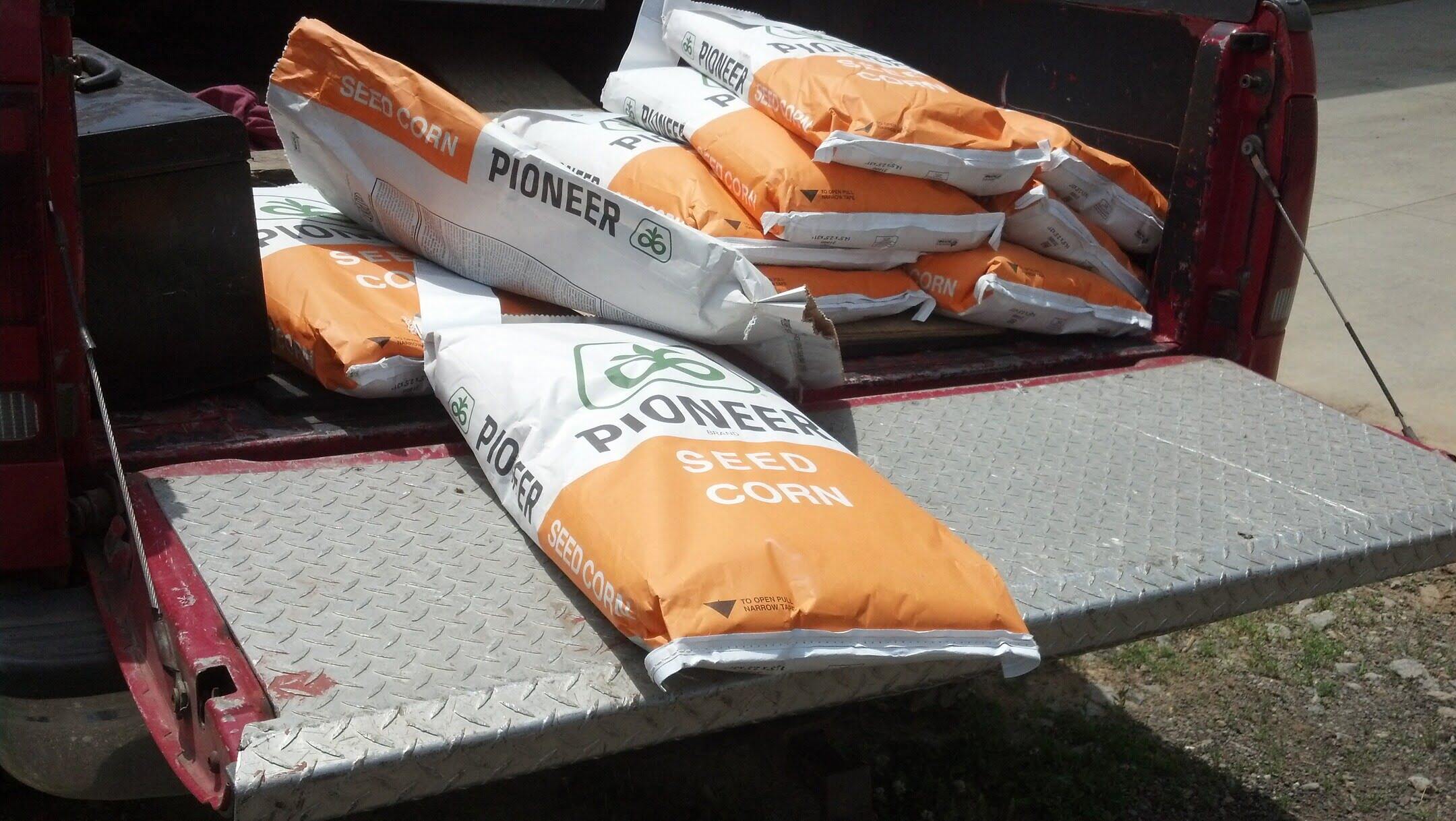
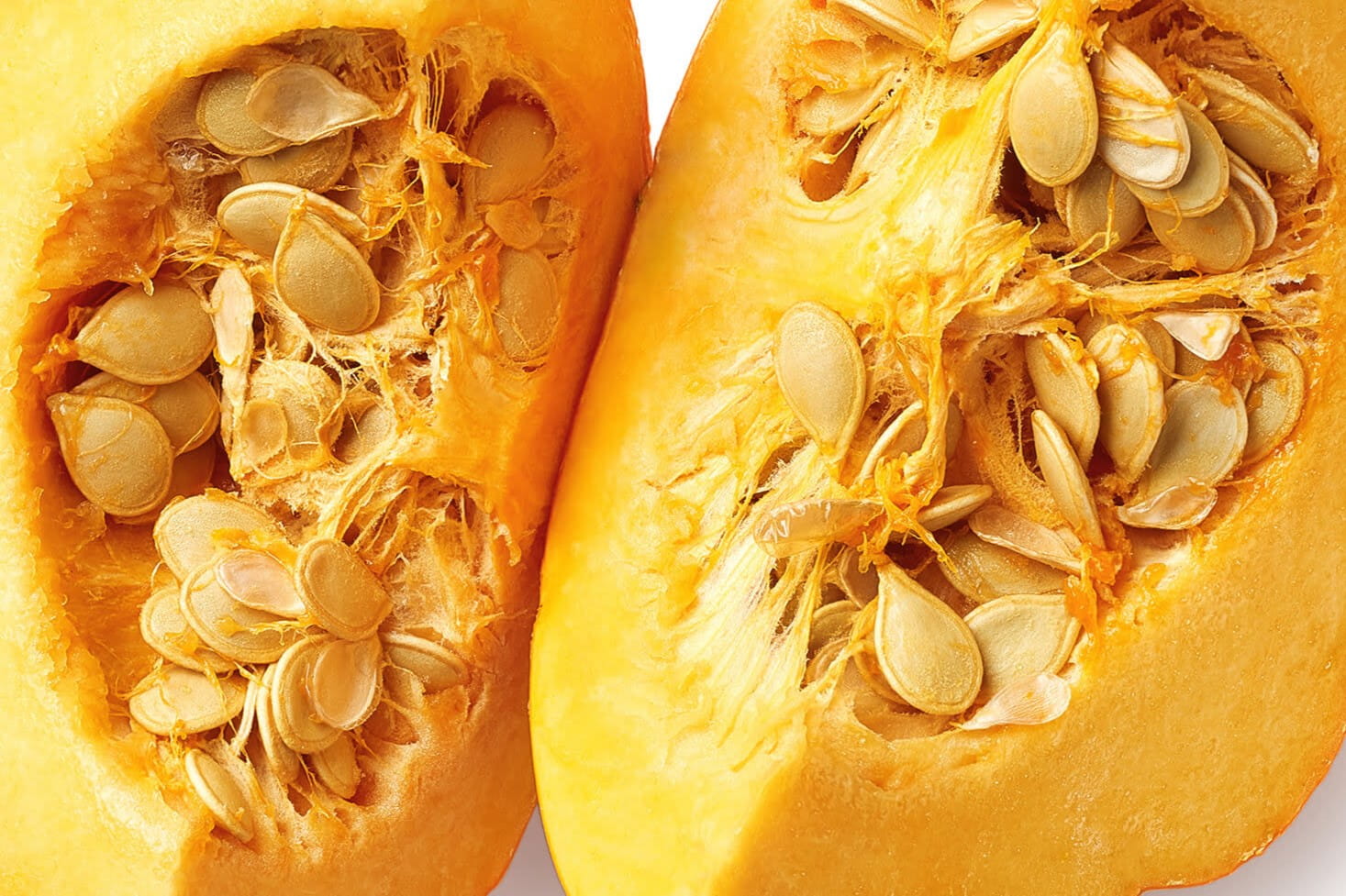


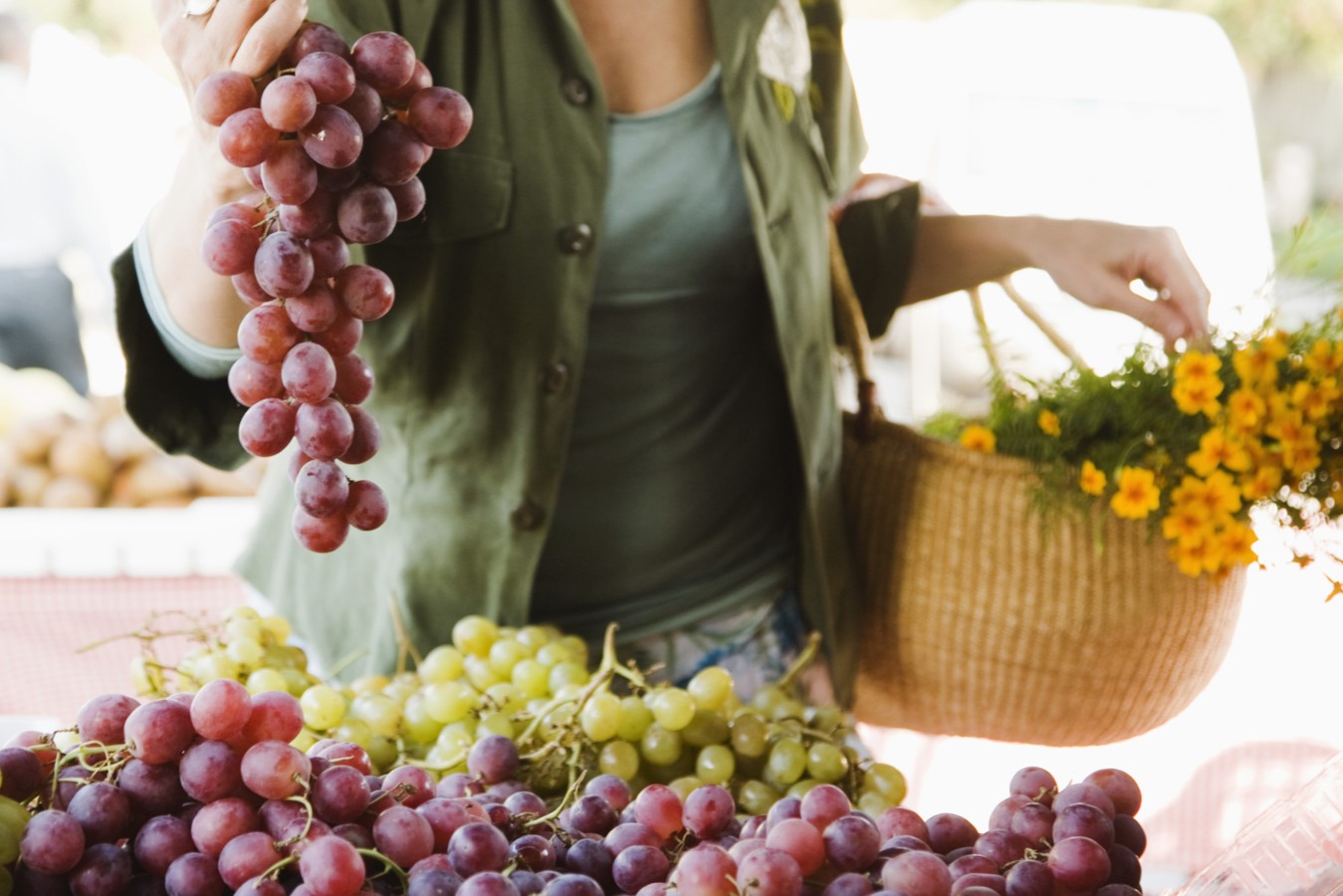
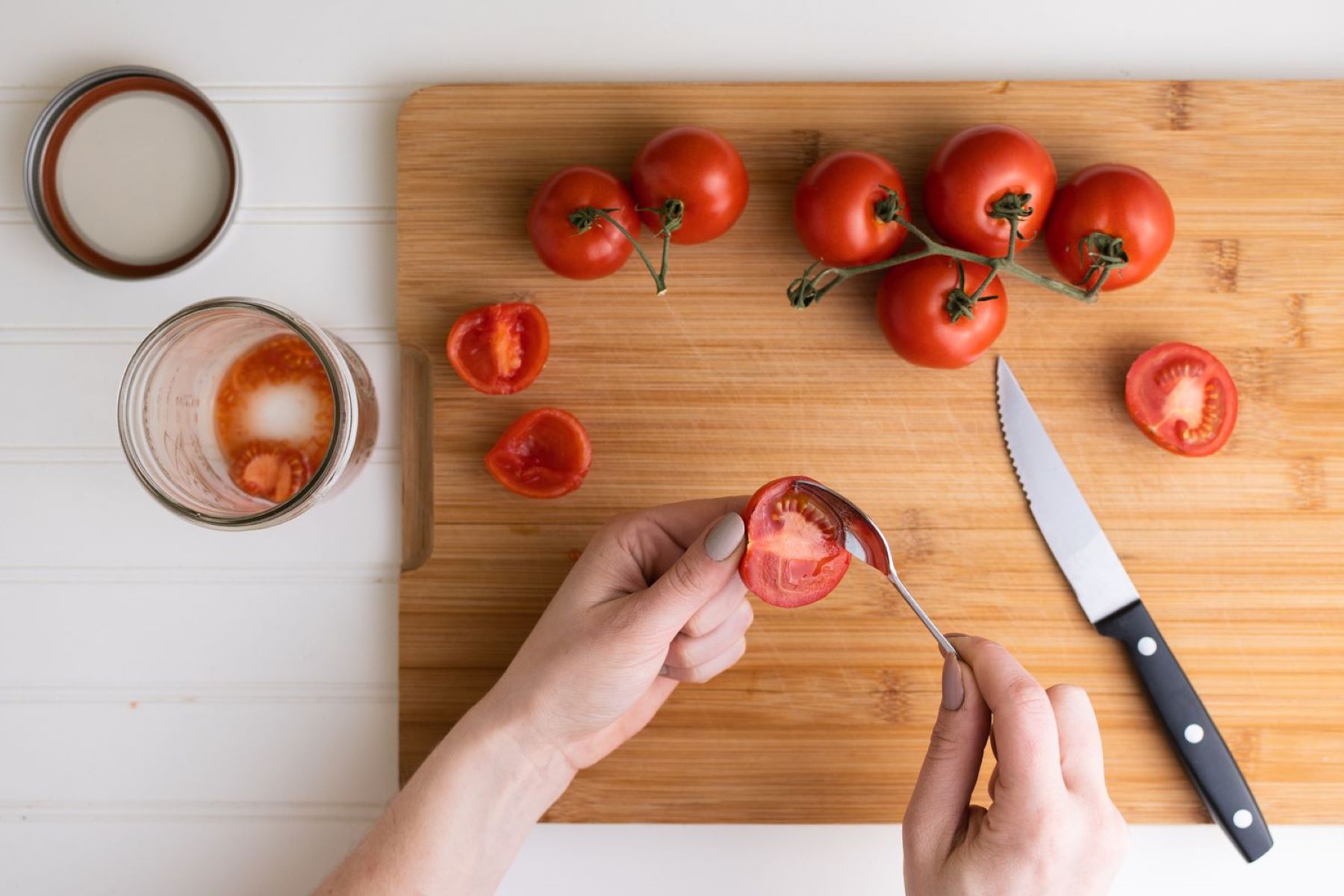
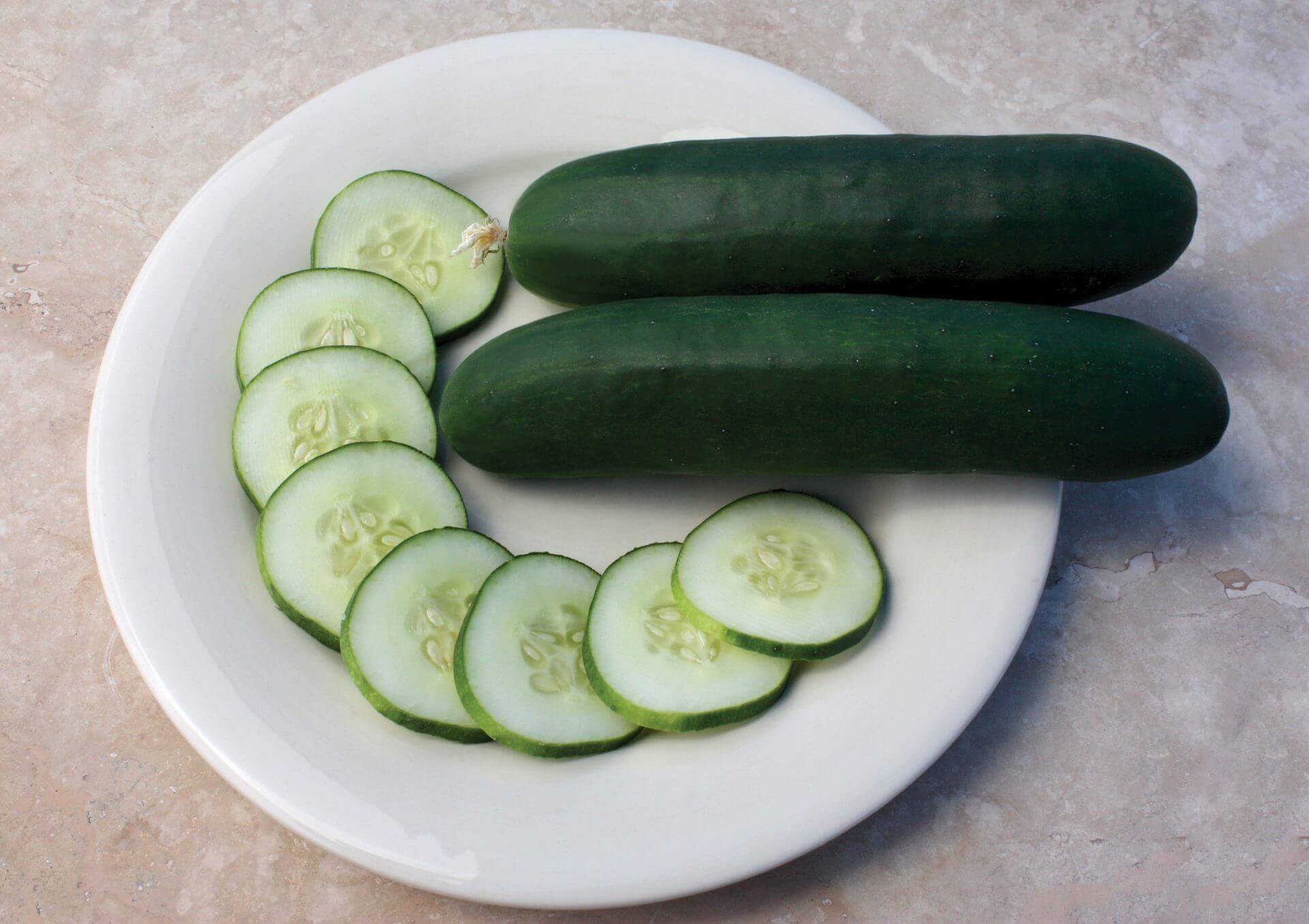
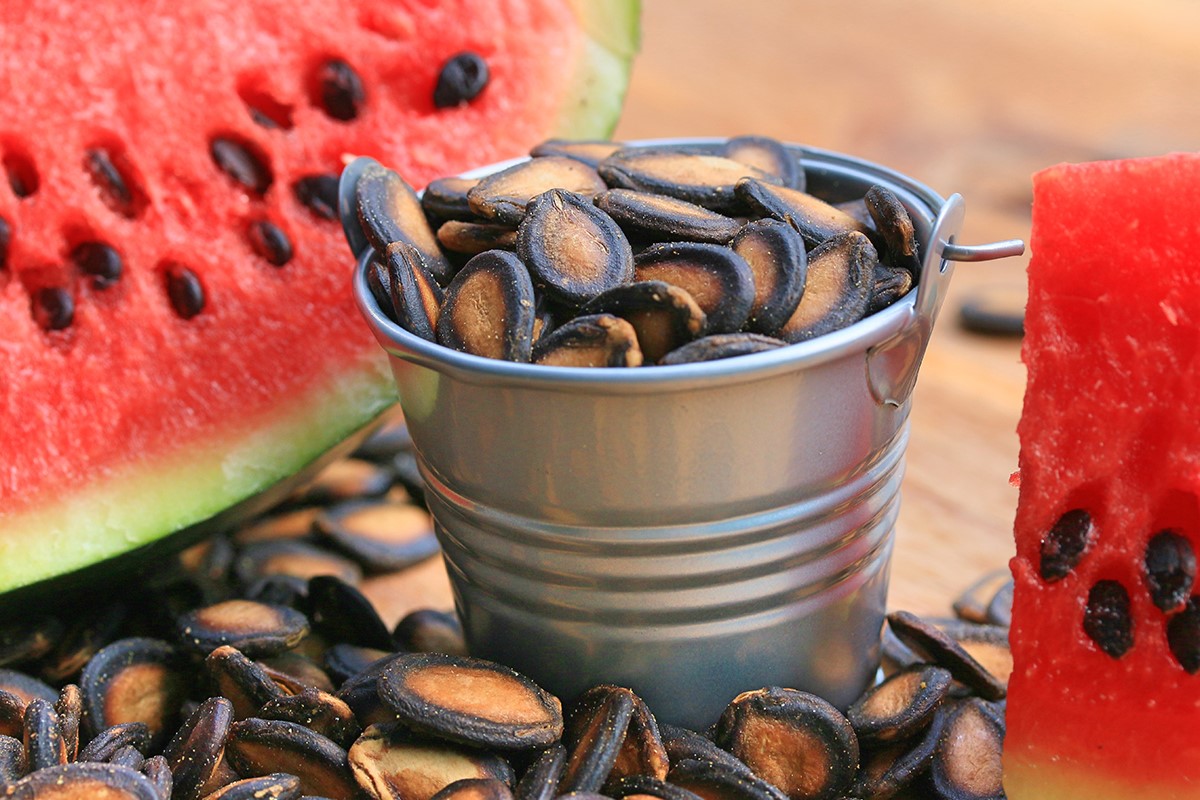
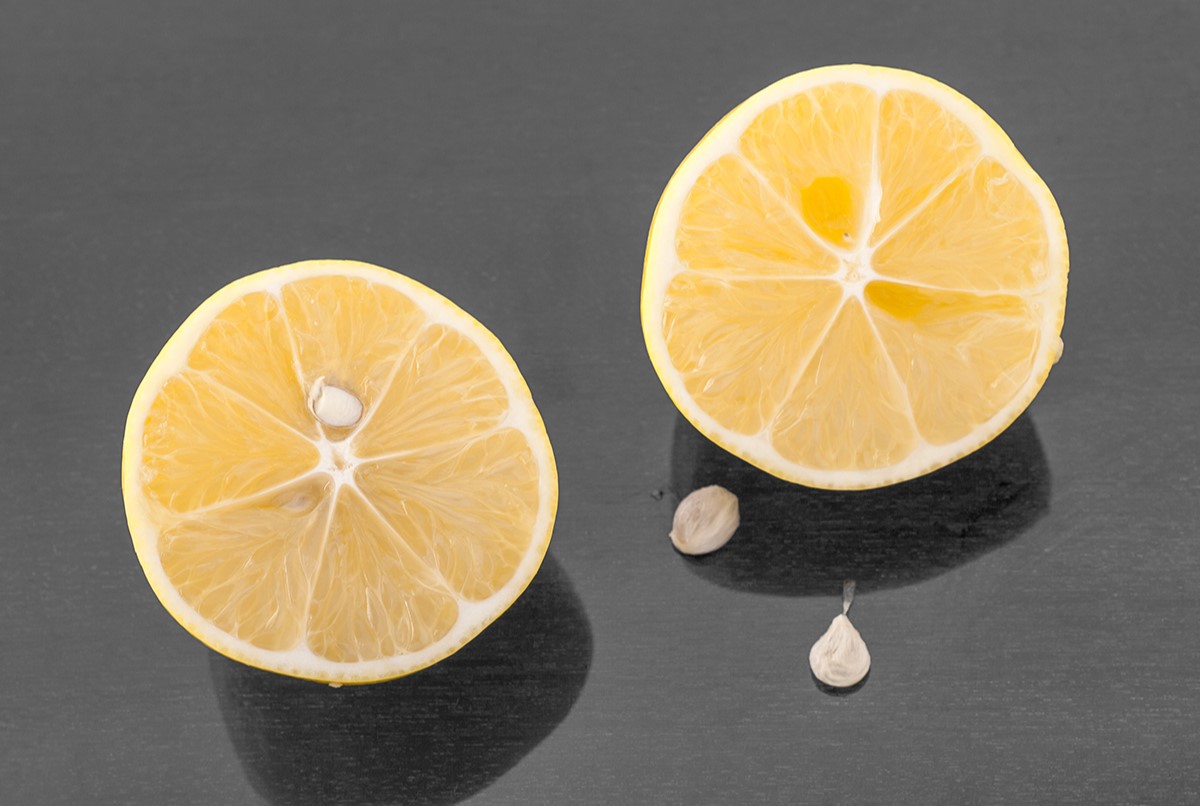
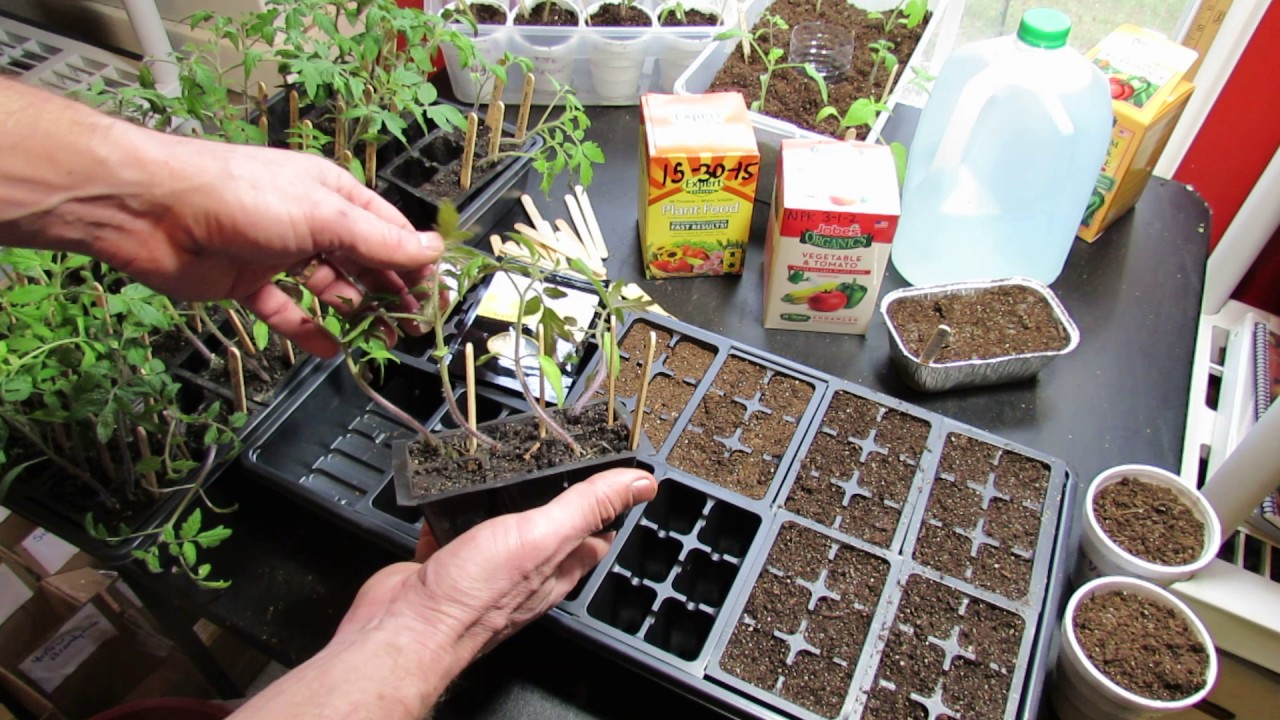
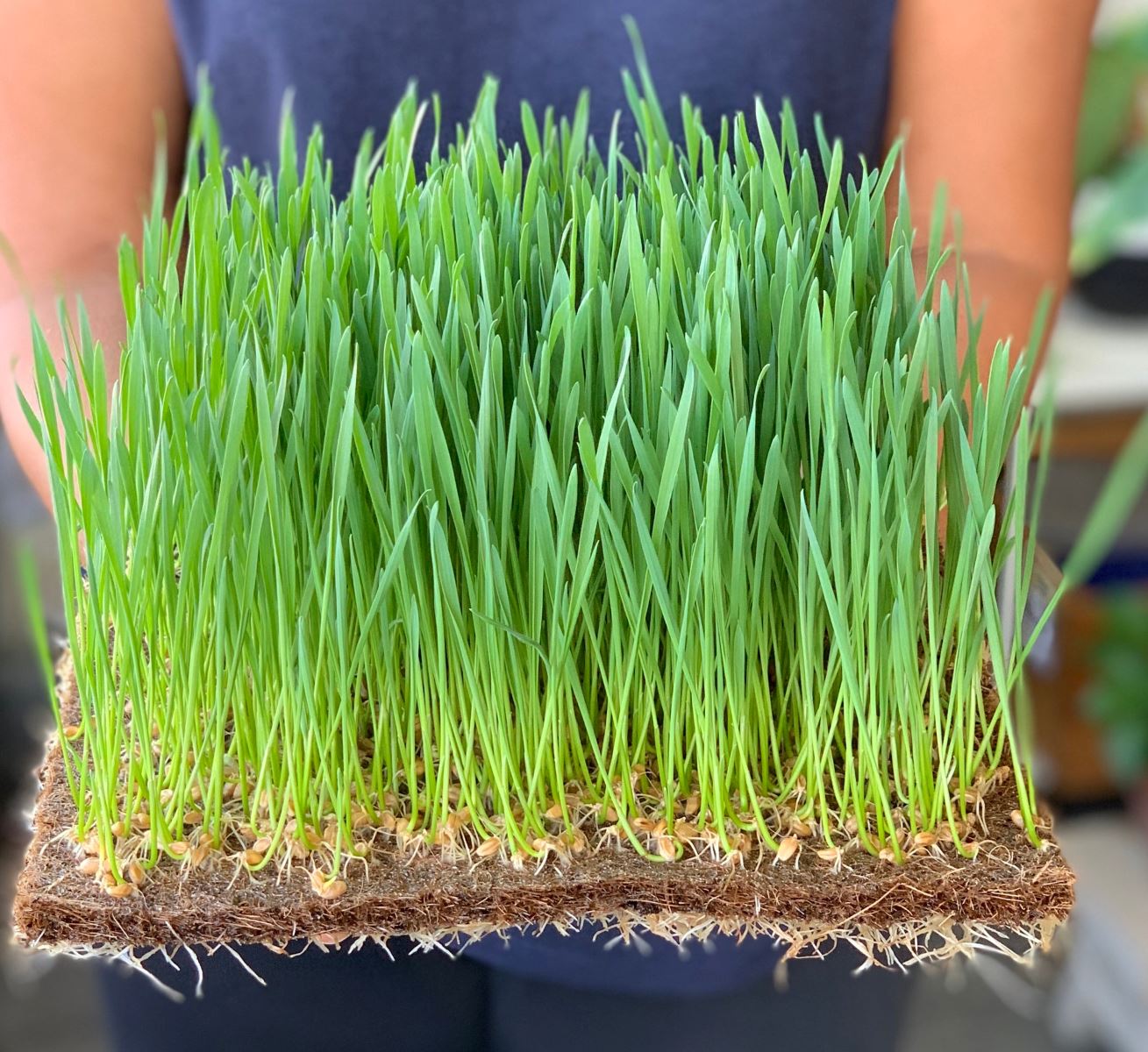
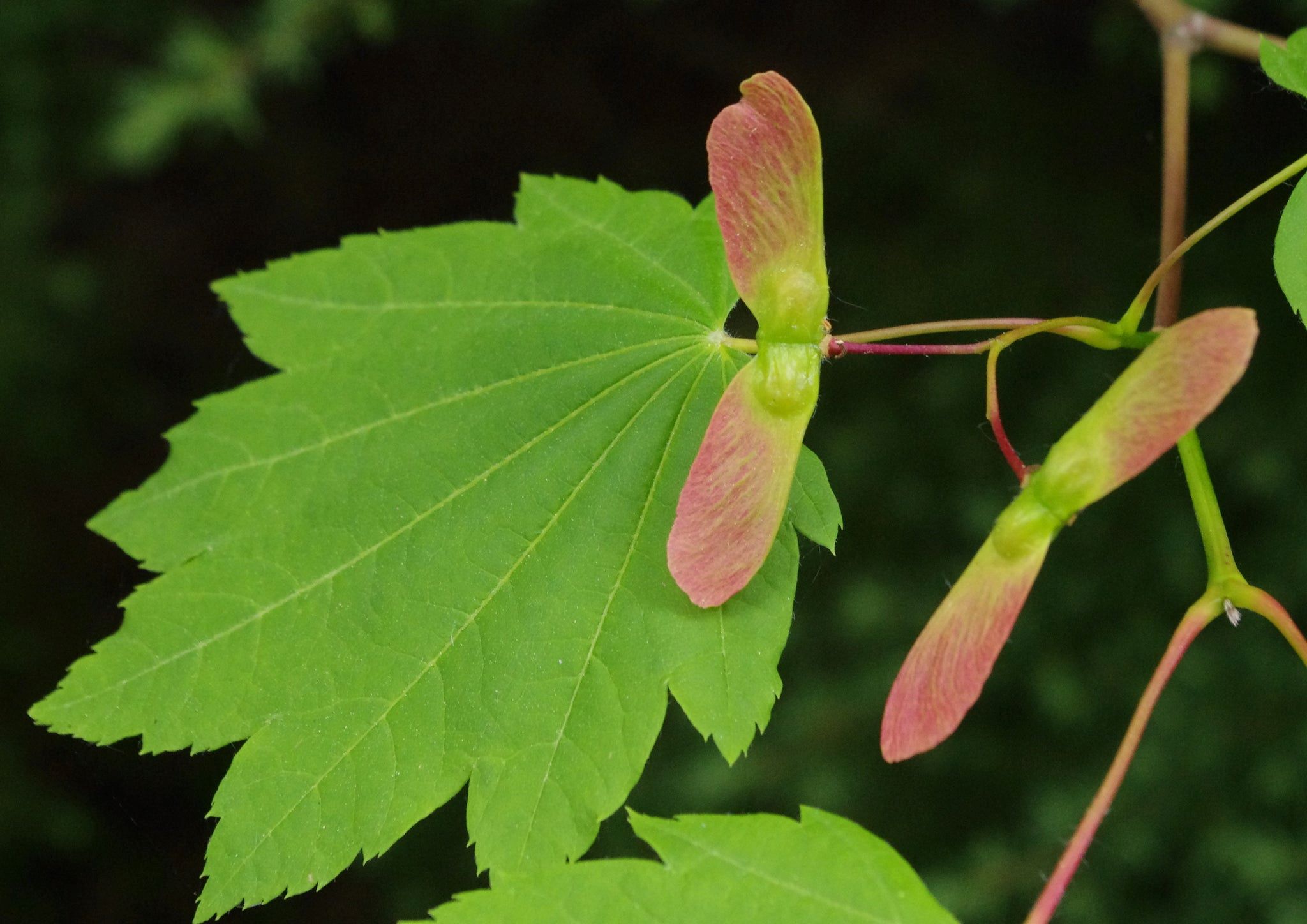

0 thoughts on “How Many Seeds To Plant”